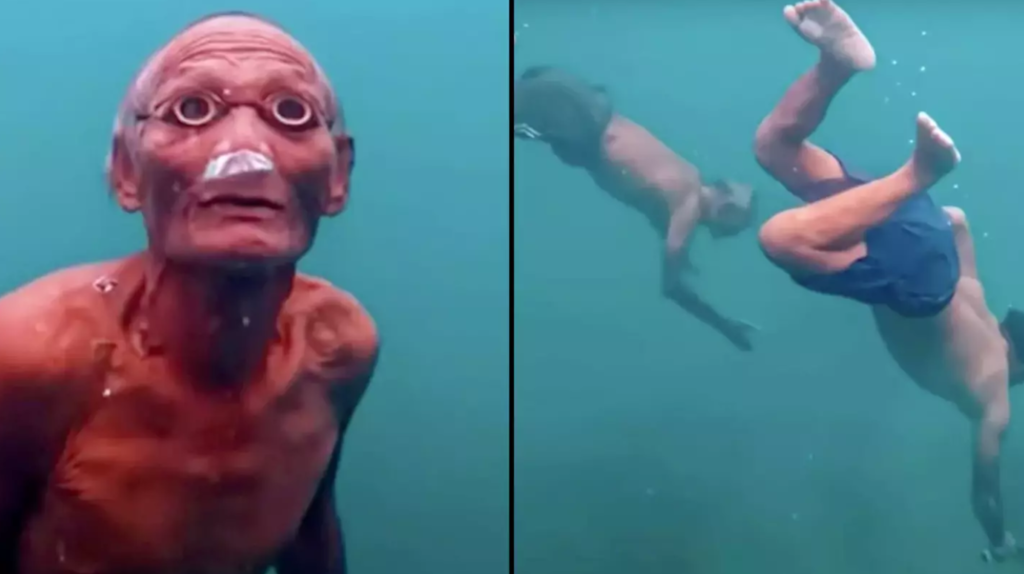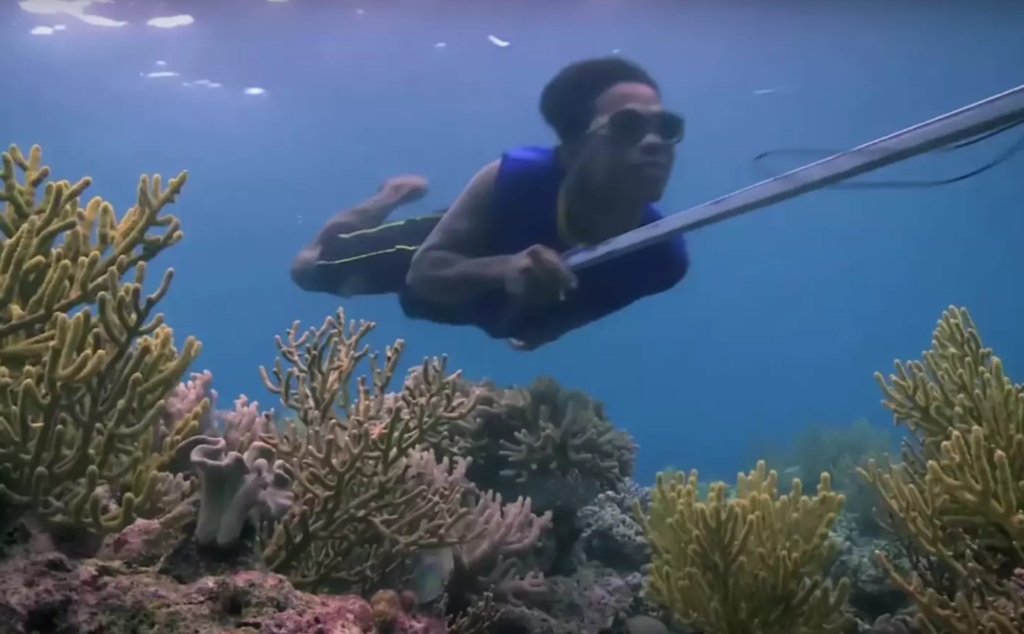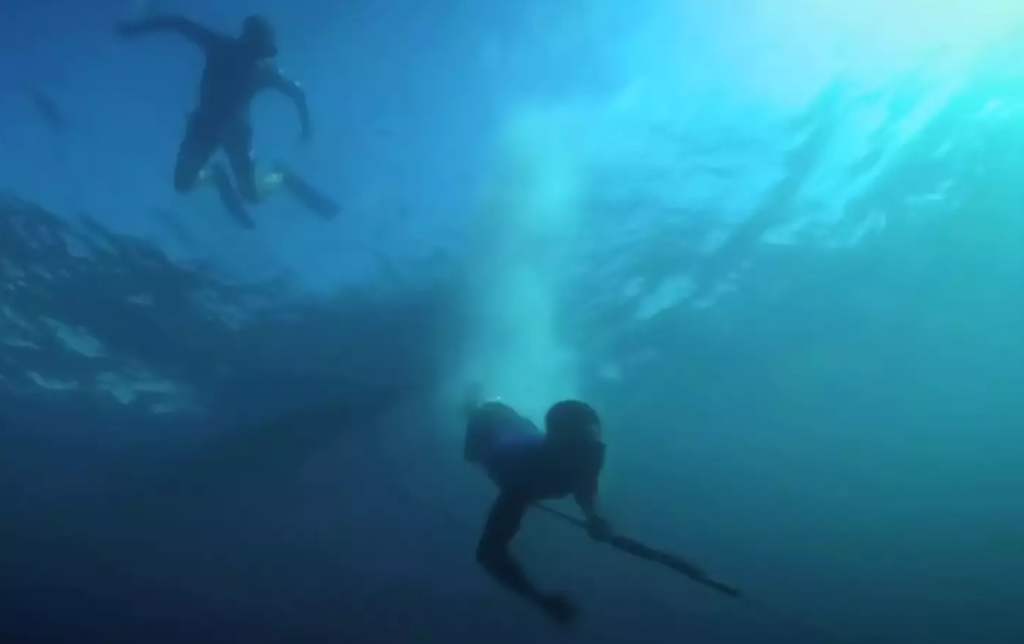
The Bajau tribe has been diving for a millennium.
“In South-East Asia, a Tribe Thrives with Uncommon Sea Adaptation”
The Bajau people, who have been diving for almost a millennium, also reside in stilt houses to maximize their proximity to the sea.
The residents have been spearfishing, gathering shellfish, and relying on nature's resources for many years due to the wet weather conditions they have always experienced.
Studies have indicated that they have indeed developed larger spleens compared to the rest of the world.
A larger spleen is ideal for diving for 8 hours a day because it helps to increase the oxygen in your blood, even though spleens are not typically associated with your overall well-being.
Melissa Ilardo, the lead researcher from the University of Copenhagen, mentioned on the BBC's Inside Science show that a group of people have been living on house boats in South-East Asia for many years, relying on the sea for all their needs.
In the traditional diving method, divers spend around eight hours a day underwater, which is about 60% of their time. They dive multiple times, ranging from 30 seconds to several minutes, and reach depths of over 70m.
The tribe has adjusted to their water-based way of life by using old-fashioned wooden goggles and heavy belts.

Ilardo explained that there is a human dive response which can be activated by holding your breath and immersing yourself in water. You can activate it simply by submerging your face in cold water.
Your heart rate decreases, blood vessels in your extremities constrict to save oxygenated blood for vital organs, and finally, the spleen contracts.
The spleen stores oxygenated red blood cells, providing an oxygen boost when it shrinks. It acts like a natural scuba tank.
Ilardo made the decision to personally investigate and requested the villagers to examine their spleens.
The Bajau people had a spleen that was 50% larger than the spleen of a neighboring village.
Prof Rasmus Nielsen, a co-author from the University of California, Berkeley, raised an interesting query. He wondered if there are any genetic variants or mutations that have significantly increased in frequency among the Bajau people compared to other populations.

Additional tests revealed that the gene PDE10A is linked to the Bajau people's bigger spleens.
The gene in mice is commonly recognized for controlling a thyroid hormone that also influences the size of the spleen.
A study on Tibetans living in high altitudes revealed that their genetic adaptation may have originated from interbreeding with Neanderthals. Scientists are now considering if a similar scenario could have occurred elsewhere.
Rasmus Nielsen mentioned that humans can adapt to their surroundings, which could be of medical interest. Studying adaptations to low oxygen levels has attracted a lot of attention.
We can learn about the genes that influence how individuals react to low oxygen levels by researching the Bajau people.
But it could soon be over for the people.
Santarawi Lalisan, a respected leader of the tribe, informed Giuseppe from Project Happiness that their traditional culture is fading away because of Western influences.
He mentioned that a large amount of plastic has been brought here as the Badjao now prefer using plastic over paper from the supermarket. In the past, they only used paper for their purchases.
Currently, the ocean is filled with plastic, causing challenges for the tribe to maintain their traditional practices.
Featured Image Credit: Project Happiness/YouTube













